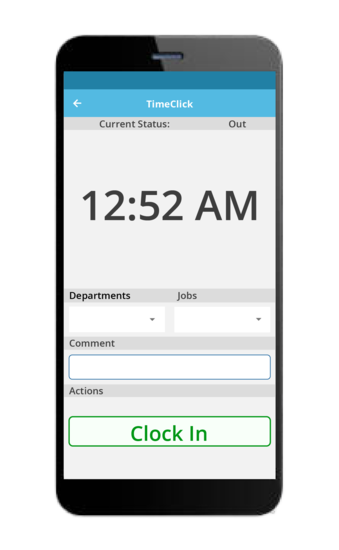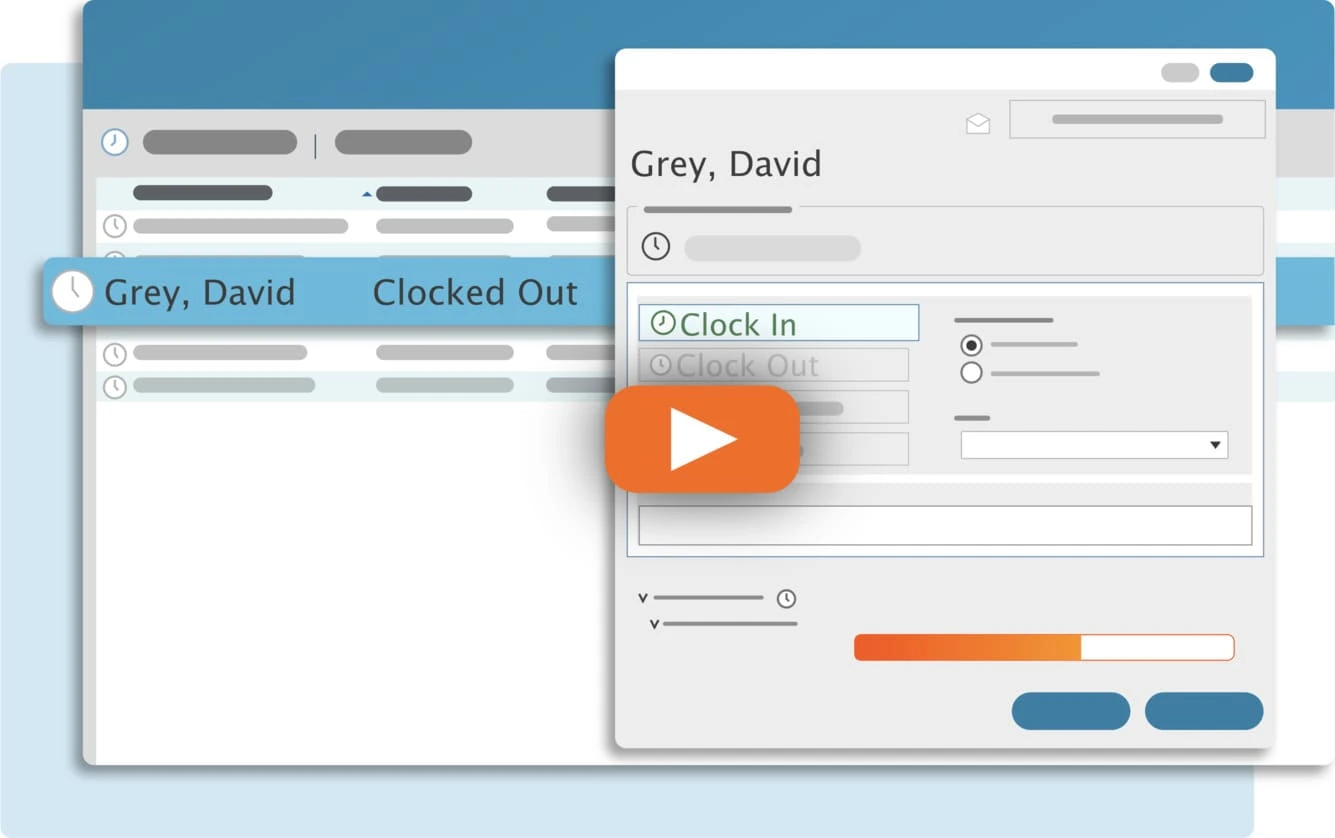Holiday time off is paid time given to employees for not working on a holiday. It's paid time off used specifically on holidays.
Which Holidays are Paid Holidays?
Paid holidays generally occur on federal holidays, but this can vary based on your company preferences. Yes, your preferences as an employer.
The most common holidays where eligible employees get paid holiday time are
- Christmas Day, December 25th
- New Year's Day or New Year's Eve, January 1st or December 31st
- Thanksgiving Day
- Memorial Day
- Labor Day
- Independence Day
- Easter

but it can vary on your local region, your industry, and company preferences.
These are the most common, but again, depending on your industry, business needs, and type of work, these may vary. Other approaches to paying holiday time that I've seen have included these too
- Christmas Eve
- Black Friday
- Martin Luther King Jr. Birthday
- Columbus Day
- Veterans' Day
Retail and restaurants, for example, may not offer holiday pay for Black Friday, Thanksgiving Day, or Christmas Eve. Shipping companies often prefer to work holidays, too. Instead, they'll offer overtime, double-time, or higher than normal rates of pay.
Simplify Time Tracking with TimeClick!
Download our free trial—simple, secure, offline tracking, no fluff.

Am I required to offer Paid Holidays?
Regardless of your approach, paid holidays in the United States are not required. Paid holiday policies are offered purely as a benefit for employers to create an appealing workplace. Technically speaking, you don't need to pay any holiday time (although I don't recommend this approach). Employees will look elsewhere for work.
On average, most U.S. employers offer eligible employees about 7 paid holidays per year.
Who is eligible for Paid Holidays?
Because paid holidays aren't required in the first place, it's ultimately up to the leadership of your company how your holiday policies look. Where to start? Offer paid holidays to employees who are full-time and salary. If you aren't offering full-time staff holiday time, you just aren't going to be competitive. Chances are, most employers around you offer some benefit related to holidays.
This is just the default. Generally speaking, full-time vs. part-time work is the biggest differentiating factor. Full-time employees even in entry-level jobs are often granted paid holidays. It's uncommon for part-time workers to be paid holiday time.
Personally, I've never seen full-time staff be denied holiday time. I've also never seen part-time staff be granted overtime. Salary versus hourly pay should not be a distinguishing factor for holiday pay.
Final Thoughts
The ultimate goal of offering paid holidays is to simply create a better work environment. When your team can enjoy the holidays off without worrying about pay, both you and they will be happier for it. To attract good employees, you need to create an enticing and appealing place of work, and offering paid holidays is a must.
Because there are no government regulations concerning paid holidays, consider talking to your staff and team and learning what they are interested in. Then strike a balance (usually around 7 paid holidays per year) that keeps everyone happy.
Generally speaking, if you're offering 7 paid holidays per year to eligible employees, you're approaching it correctly and likely won't need to change anything.
Have questions or comments or want to talk holiday time more? Hit me up on our social media channels. Just search TimeClick on Facebook, Twitter, Instagram, or LinkedIn!
Ready to streamline your employee time tracking, boost productivity, and simplify payroll? Sign up for your FREE 14-day trial today and see how TimeClick can transform your business!
Start your FREE TimeClick Trial Today.

